AI in Insurance
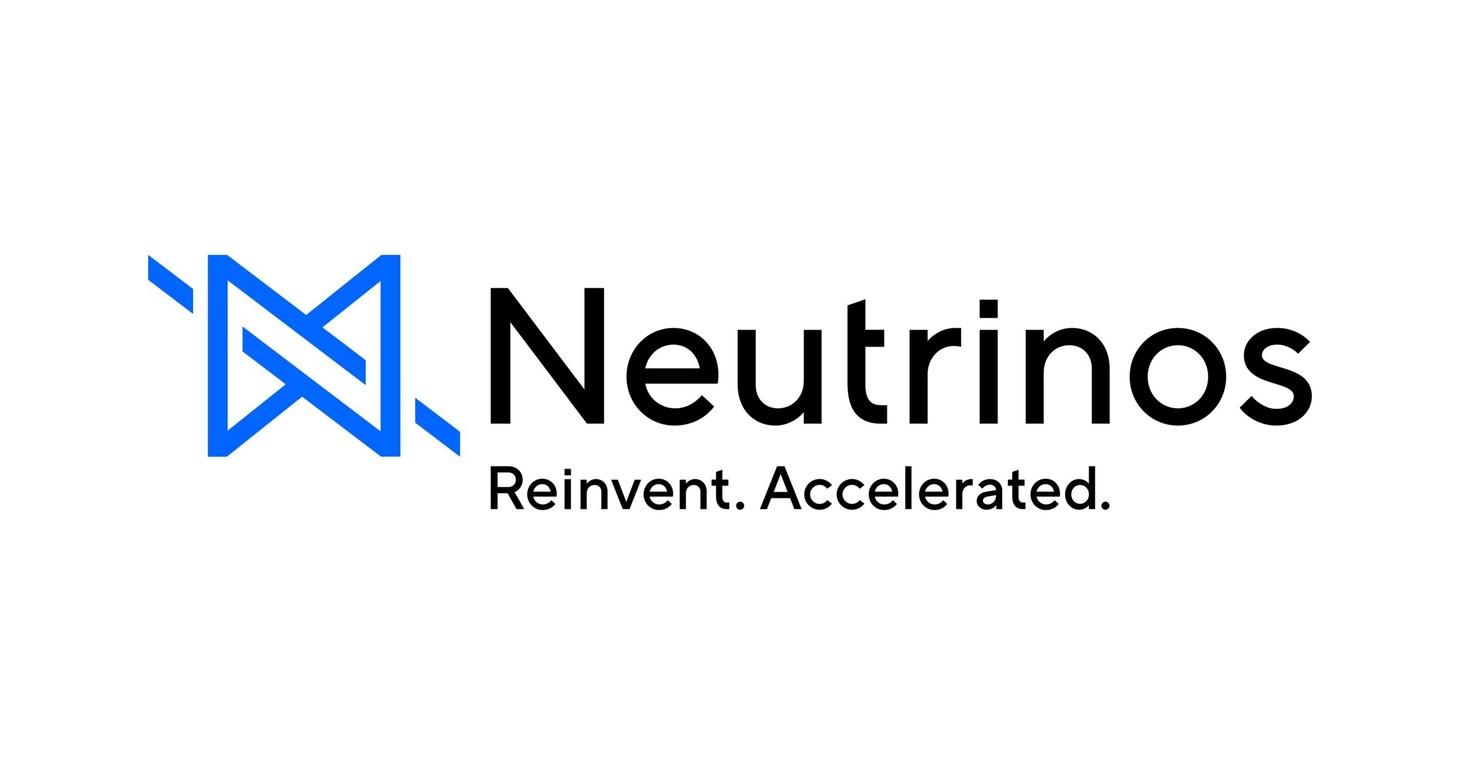
Neutrinos Launches First AI-Native Coreless System of Execution for Insurance Transformation
Neutrinos a leader in AI-powered intelligent automation for insurers, today announced the launch of its new AI-Native Coreless System of Execution (CSoE). It is the insurance industry's first platform to deliver enterprise-grade, intelligent execution through data virtualization and metadata streaming.
Insurers have long been hindered by monolithic, outdated core systems that are costly, risky, and delay digital transformation. Neutrinos' AI-Native Coreless System of Execution disrupts this model by using an event-driven, composable architecture coupled with a data fabric layer to create a "hollowed‑out" legacy environment, allowing new capabilities to run virtually on top of existing systems.
With Neutrinos' AI-Native System of Execution, insurers can break down organizational and technical silos, enrich semantic metadata models, and gain a unified 'source of truth' for data without altering their operational core. This virtualized layer acts like a semantic graph or ontology with shared data models, ensuring data consistency for underwriting, claims, case management, and analytics.
Solution Highlights:
- Data Fabric Layer: A governed, virtual data layer that abstracts legacy systems and unifies fragmented data, enabling real-time access, interoperability, and actionable insights across systems.
- Event‑Driven Architecture: Modular services for underwriting, claims, and distribution connected via - APIs and events, delivering scalability, agility, and resilience.
- Agentic Orchestration & Lineage: Enables building of powerful automation, plus built-in observability to fuel faster, smarter decision-making across workflows.
- Enterprise-Grade Governance: Supports compliance, data lineage, audit readiness, and secure integration to meet regulatory and security mandates.
Commentary/Opinion
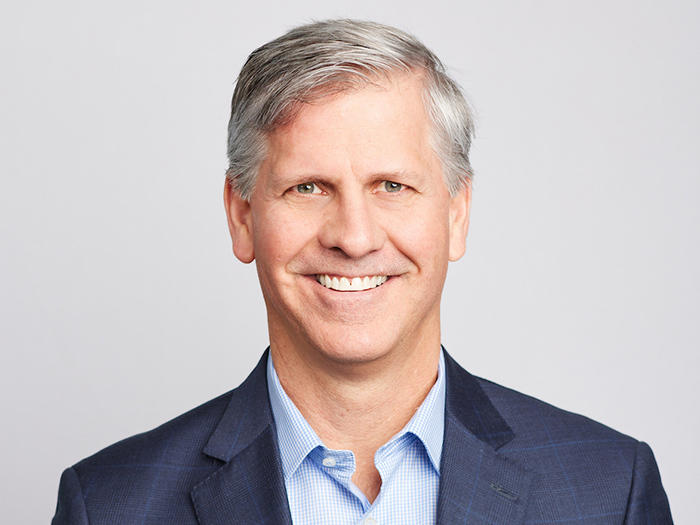
The Future of Insurance Isn't Just Tech — It's Talent : Risk & Insurance
As insurance professionals, we’re constantly focused on the future — emerging technologies, AI integration, and process optimization. We invest in innovation to stay ahead. But in all our planning, it’s vital that we don’t neglect the most critical variable in our industry’s evolution — the people.
Technology alone doesn’t drive transformation — people do; and the future of the workers’ compensation and risk insurance industry hinges on how well we prepare tomorrow’s workforce.
That starts with recognizing two difficult truths. First, our current workforce is aging. A significant percentage of experienced professionals will retire within the next decade, creating a substantial talent gap. Second, insurance still struggles with a perception issue: younger generations don’t view the industry as innovative, impactful, or aligned with their career aspirations.
So, how do we address this? How do we attract and retain Gen Z talent? How do we prepare for Gen Alpha, who will enter the workforce in less than five years? And how do we modernize our industry’s culture to remain relevant in a digital-first world?
Michael Combs is the President and Chief Executive Officer for CorVel.
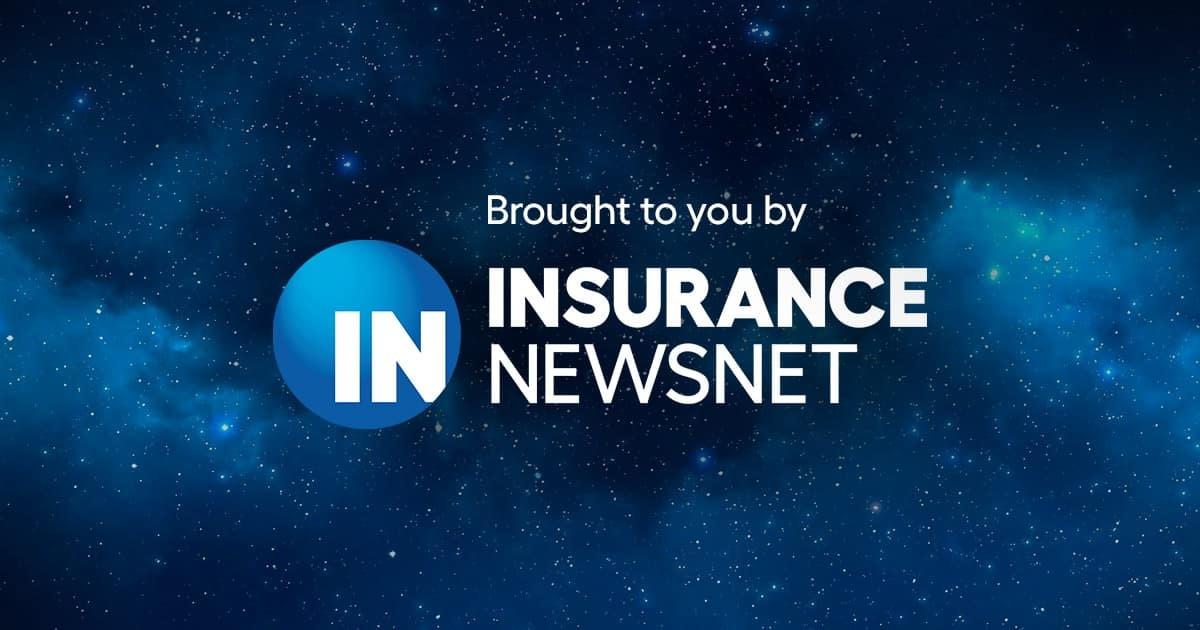
Property insurance companies are thriving now. Are Floridians owed a refund? - Insurance News
In a recent report to stockholders, insurance giant Progressive used a word that every company would prefer to avoid: Refund.
A statement filed by the company with the U.S. Securities and Exchange Commission warned that premiums collected from its auto insurance policyholders could exceed what’s allowable by Florida law over three years, Insurance Journal first reported earlier in August.
If that turns out to be the case through 2025, the third year, Progressive might have to issue cash refunds or provide credits toward future premiums, the company said.
Refunds on insurance premiums? What a concept. Where can Florida home insurance customers sign up?
It turns out there is a law that would require property insurers to provide refunds if they make excess profits. But those profits would have to come from insurers’ underwriting activities — the nitty gritty of evaluating and pricing risk.
And experts say the state’s top insurers generate the majority of their profits from investments and spin-off companies that perform the bulk of their functions, like communicating with policyholders, providing reinsurance coverage, offering finance terms and repairing damage — activities that aren’t subject to any refund law.
Florida homeowners would likely settle for a notable reduction in insurance premiums after years of increases. In South Florida, it’s not uncommon for homeowners to be paying $7,000 and more for coverage. If they have a mortgage loan, they have no choice but to remain insured.
Research
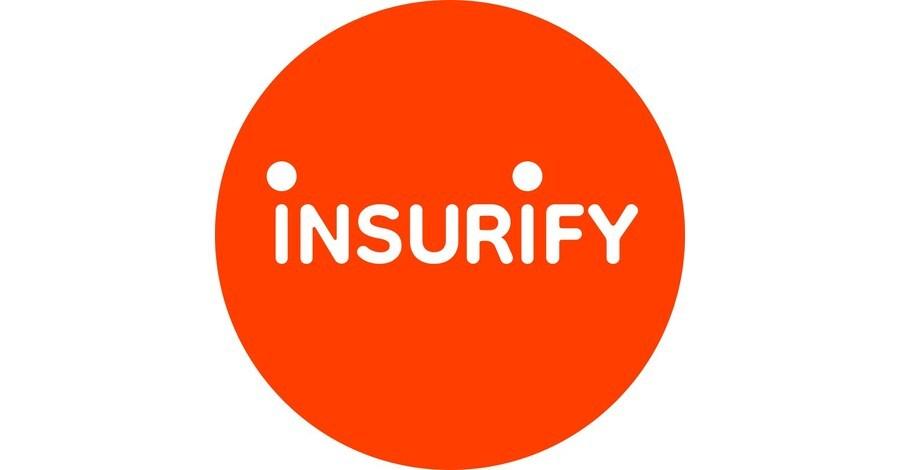
Insurify Report Reveals Hidden Costs Add More Than $21,000 Annually to Homeownership
Non-mortgage expenses like home and flood insurance, property taxes, utilities, and maintenance add, on average, $21,084 annually to the total cost of homeownership, according to a new report by Insurify, America's top-rated digital insurance agent.
Many homebuyers overlook such costs, but they add up to 27% of the median U.S. household annual income ($77,719), the report notes.
By the end of 2025, the YOY average cost of home insurance could net 8% higher than 2024. Insurify predicts. Maintenance and repair costs will likely rise as well; remodeling professionals reported a 7% increase in material costs, a National Association of Home Builders survey found.
Key findings from the report include:
- Hidden costs exceed $30,000 annually in Hawaii ($34,739), California ($34,061), Massachusetts ($33,659), and New Jersey ($30,424).
- Home maintenance accounts for the largest portion of hidden costs, followed by utilities and property taxes.
- Homeownership costs are the least affordable in Florida, where they represent 37% of the state's median household income.
Insurify's data science team analyzed its proprietary industry data and government data to understand the impact hidden costs can have on homeowners' budgets. The report provides detailed state-level data on total average costs compared to typical household income.
InsurTech/M&A/Finance💰/Collaboration
Bain Capital to Acquire Jensten Group from Livingbridge | Insurtech Insights
Bain Capital has entered into a definitive agreement to acquire Jensten Group, a UK-based commercial insurance distribution platform, from Livingbridge.
The investment will be made through Bain Capital’s dedicated insurance investing platform. Financial terms were not disclosed, and the transaction is expected to close in the fourth quarter of 2025, subject to regulatory approvals.
Founded in 1986, Jensten has grown into a multi-channel distribution business serving small and medium-sized enterprises across the United Kingdom. The company operates across retail, wholesale and managing general agent segments, and has completed 37 acquisitions to date, including 14 from its own franchise network. Today it manages around £600 million of gross written premium and employs more than 1,000 people across 50 locations.
Bain Capital said it plans to work closely with Jensten’s management team to accelerate growth through investments in sales, distribution, technology and operations. The firm also intends to continue Jensten’s successful M&A strategy to reinforce its regional presence.
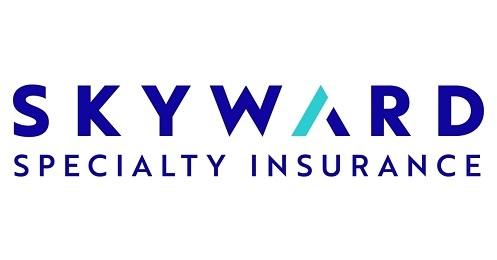
Skyward Specialty to acquire Lloyd's specialist Apollo - Reinsurance News
Skyward Specialty Insurance Group, a property and casualty (P&C) specialist insurer, has entered into a definitive agreement to acquire 100% of Lloyd’s specialist, Apollo Group Holdings Limited’s shares for a total consideration of $555 million from Alchemy, management, employees, and other strategic investors.
Employees and strategic investors will receive $184 million of stock consideration, while the remaining $371 million will be paid in cash, with committed debt financing in place.
The transaction is expected to close in the first quarter of 2026, subject to regulatory approvals.
It is expected to deliver double-digit adjusted operating EPS accretion in the first full year post closing while adding over $1.5 billion of managed premium, reinforcing Skyward Specialty’s position in the US specialty markets.
Apollo is a US focused specialty underwriting platform operating at Lloyd’s of London that is low volatility, high growth and employs a capital light business model. The business has grown gross written premium at a compound annual growth rate of approximately 20% since its establishment in 2010.
Predict & Prevent
The best claim is the one that never happens: Matteo Carbone
Connect & Protect is now becoming a core strategy for many carriers, not a side project
🔵 𝐏𝐫𝐞𝐯𝐞𝐧𝐭𝐢𝐨𝐧 𝐟𝐢𝐫𝐬𝐭. Insurers can create value across three moments—restore prevention capabilities, avoid the incident, and mitigate impact when it occurs.
🔵 𝐏𝐫𝐨𝐨𝐟, 𝐧𝐨𝐭 𝐩𝐫𝐨𝐦𝐢𝐬𝐞. Real programs are already delivering returns:
🔹 Water-leak mitigation showing >$8 in expected loss avoided per $1 invested.
🔹 Health engagement programs showing ~$1.8 saved per $1 invested.
🔹 Telematics where more than ⅓ of drivers improve their risk behavior.
Key lessons learned from who is scaling Connect & Protect programs?
👉 𝐝𝐢𝐬𝐭𝐫𝐢𝐛𝐮𝐭𝐢𝐨𝐧 𝐝𝐞𝐜𝐢𝐝𝐞𝐬 𝐭𝐡𝐞 𝐰𝐢𝐧𝐧𝐞𝐫. Design for your agents and brokers from day one: clear vision, tangible remuneration, frictionless onboarding, and tools that enrich the relationship with their clients
𝐖𝐡𝐚𝐭 𝐚𝐫𝐞 𝐲𝐨𝐮 𝐰𝐚𝐢𝐭𝐢𝐧𝐠 𝐟𝐨𝐫?
Claims
Turning data into decisions insurers can trust
When a claim is filed, critical decisions happen in an instant. A single email, a scanned PDF, or a few keystrokes can determine whether a payout is fast, a risk is flagged, or a customer’s trust is preserved. Too often, that information is stuck in silos or slowed by outdated systems. What if those scattered fragments could speak to each other, reason in real time, and anticipate needs?
For decades, data in insurance was treated as a ledger. It was static and reactive. Designed for storage and retrieval. But over the past year, a new paradigm has emerged, one where data drives decisions in real time.
Henry Peter, CTO at Ushur, describes the change as moving to a powerful and flexible agentic solution. The firm is moving away from reliance on pre-built workflows, and towards intelligently pre-empting what needs to happen next.
He explains, “Over the past few years, Ushur’s use of data has evolved from structured, reactive workflows to adaptive, outcome-driven intelligence—enabled by advancements in domain-specific AI and multi-agent orchestration.”
Collision Repair
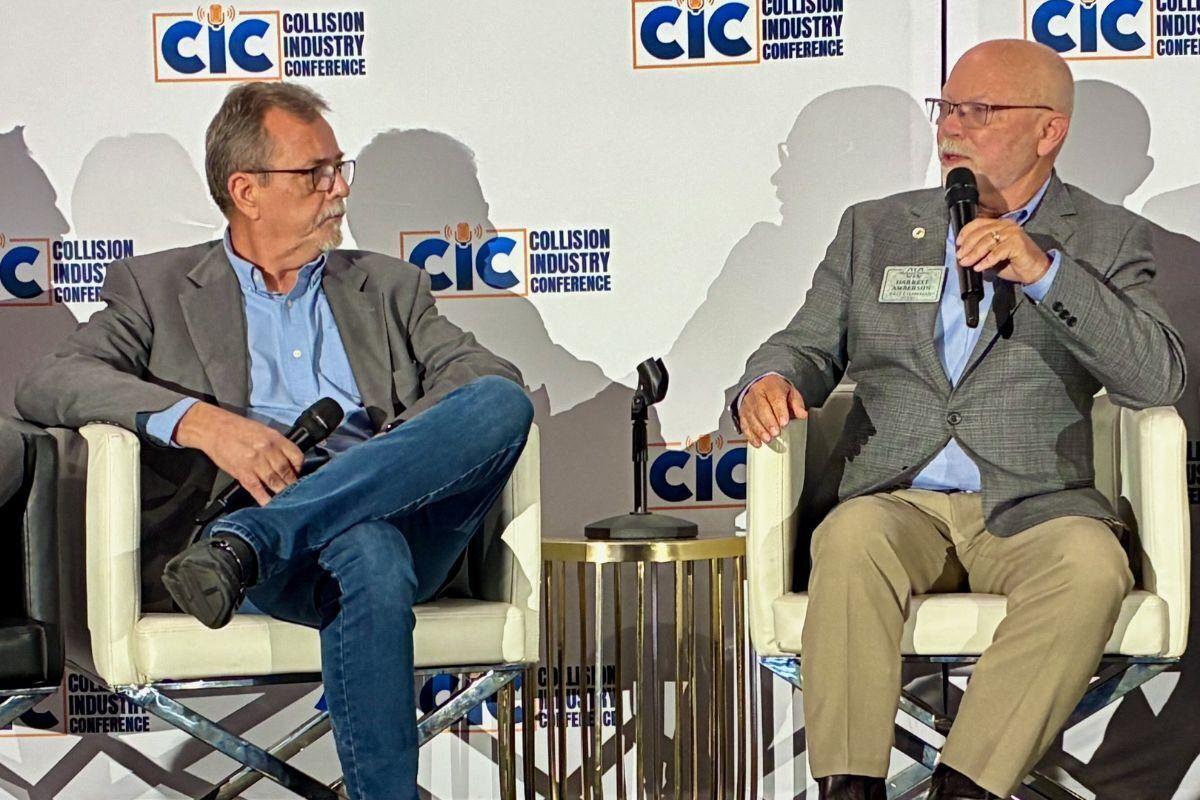
Vehicle Tech May Be Contributing to Higher Total Losses — But Could Have Opposite Effect - Autobody News
Two speakers at CIC explained why they believe as ADAS becomes more prevalent, it could eventually lead to more repairable vehicles.
A poll of the audience at this summer’s Collision Industry Conference (CIC) found that 86% believe that newer vehicle technology — whether materials used in vehicle construction, or electronic systems like ADAS — will contribute to a higher percentage of claims resulting in total losses because of the added costs.
But Chuck Olsen of AirPro Diagnostics, a co-chair of CIC’s Emerging Technologies Committee, offered a counter-perspective.
“I sort of look at it a little bit differently,” Olsen said. “I have a lot of confidence in the automakers and technology, and I think if this technology is successful, fewer vehicles should be totaled. If the systems are doing their job, if they’re calibrated properly when they’re fixed, if they’re maintained properly throughout their lifetime, total losses should decrease because the accidents won’t be as severe.”
Others have said the percentage of damaged vehicles that are totals is higher in part because ADAS is preventing more of the minor damage caused by low-speed crashes, like in parking lots.
But Darrell Amberson of Quality Collision Group thinks the number of those claims is down not just because fewer of those minor accidents are happening, but also because more of that minor damage isn’t being turned in as a claim, or is not being repaired even if it is. He thinks that will rebound when consumers are less concerned about small claims adding to their premiums, and as the number of vehicles, and total vehicle miles traveled, continue to increase.
“Personally, I have a lot of faith in the motoring public to find new ways to crash their cars,” Amberson said.
Recommended Events

The Global Insurance Forum | Oct. 26-27 | Swiss Re Centre for Global Dialogue | Rüschlikon, Switzerland.
Drive the Conversations That Matter —
Join insurance executives, innovators, and visionaries from around the world Oct. 26-27 at the Swiss Re Centre for Global Dialogue in Rüschlikon, Switzerland.
The Global Insurance Forum will deliver critical insights on topics ranging from leveraging AI and data to building resilience amid global uncertainty.
Includes Global Innovation Awards Presentation: Predict & Prevent Lightning Round Pitches
Prospective attendees, keep these upcoming dates in mind:
- Sept. 16 → This is the final day to secure the priority rate and avoid paying the full registration fee.
- Sept. 30 → This is the final day to book your hotel accommodations. There are two options: on-site at the Swiss Re Centre for Global Dialogue, or close by at the Hotel Belvoir.
With a strict capacity limit of 220 participants, we strongly encourage you to secure your seat now. Look for an announcement outlining the full agenda soon!
Awards

Are You a 2026 Risk & Insurance Executive to Watch? : Risk & Insurance
Executives to Watch are insurance carrier executives who are taking on or have recently taken on a substantial new area of responsibility.
Whether they are taking on a new area of responsibility, or gaining a well-earned and highly visible promotion, the Risk & Insurance Executives to Watch earn top billing in our annual November/December print issue.
It’s important to keep in mind that this celebration of promising insurance carrier executives is a designation, rather than an award. If you’d like to throw your hat in the ring, or nominate someone from your company, the steps are relatively simple.
Put together two or three paragraphs about why you think the executive you are nominating is worthy of attention. You can include a full biography if you want, but keep in mind that this designation is more forward-looking than retrospective.
If we select you or your nominee as an Executive to Watch, we will then follow up with a couple of questions for the executive, the answers to which will be included in a profile of the executive in our November/December issue.
People

InsurePay Names Pat Davis CEO to Lead Growth Strategy | Insurance Innovation Reporter
Davis, former CEO of Utilant, is appointed to drive innovation in insurance payment technology and Pay-As-You-Go billing
InsurePay (Buffalo, N.Y.) has appointed Pat Davis as chief executive officer, signaling a new phase of strategic growth for the insurance payment technology provider.
Davis brings experience in insurance technology and InsurTech, having previously founded and led Utilant (Buffalo, N.Y.), a provider of survey management software for property/casualty carriers. Under his leadership, Utilant expanded into a global enterprise serving major insurers across multiple markets.
